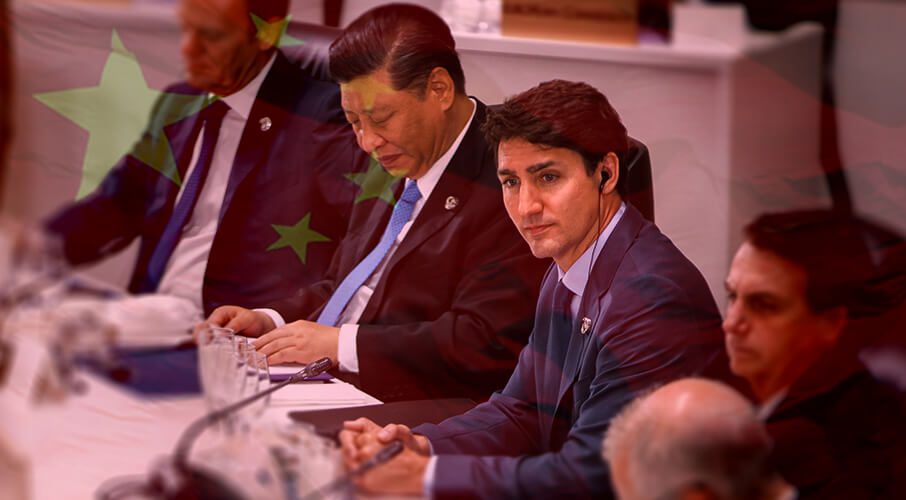 2020 marks a decisive end to an unmitigated fantasy of China as an economic partner. Canada could occupy a strategically advantageous position, but this would require politicians in Ottawa to discover a fortitude that has thus far escaped them, write Brett Byers and Shuvaloy Majumdar. Below is an excerpt from the article, which can be read in full here.
2020 marks a decisive end to an unmitigated fantasy of China as an economic partner. Canada could occupy a strategically advantageous position, but this would require politicians in Ottawa to discover a fortitude that has thus far escaped them, write Brett Byers and Shuvaloy Majumdar. Below is an excerpt from the article, which can be read in full here.
By Brett Byers and Shuvaloy Majumdar, December 20, 2020
Beijing has weaponized its commerce.
In October, President Xi Jinping announced the Chinese Communist Party’s “Dual Circulation” framework, a plan to decouple the Chinese economy from its export-driven mode to an increasingly self-reliant domestic one. It is the central doctrine in a scheme to double the Chinese economy by 2035.
This isn’t just about protectionism or economic nationalism.
By expanding China’s neo-colonial Belt and Road Initiative — designed to: harvest data and resources from the developing world; tear apart China’s commitment to “One Country, Two Systems” in Hong Kong, which once underpinned the economic development of its mainland; levy political agricultural bans; steal technology; and ruthlessly exploit vital medical-supply chains — 2020 marks a decisive end to an unmitigated fantasy of China as an economic partner.
Canadians have felt this acutely. A combination of targeted economic coercion, hostage diplomacy with Michael Kovrig and Michael Spavor, and threats of further actions for failing to release Huawei’s Meng Wanzhou is only a harbinger of what’s to come.
But of all these measures, the weakest is China’s strategy of economic coercion. Canada could occupy a strategically advantageous position, but this would require politicians in Ottawa to discover a fortitude that has thus far escaped them.
Canada is not as dependent on trade with China as we may think.




